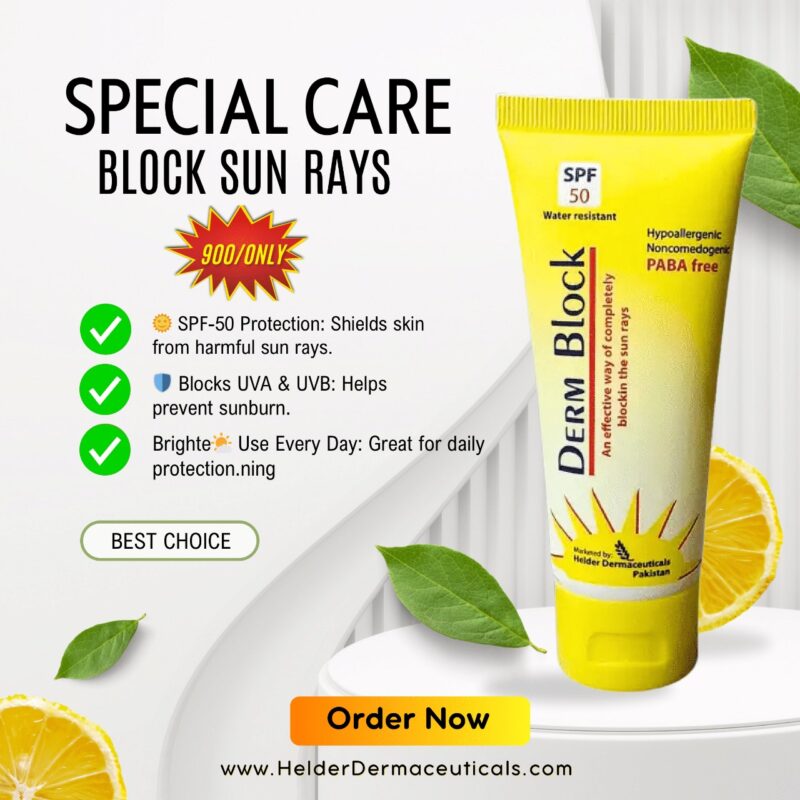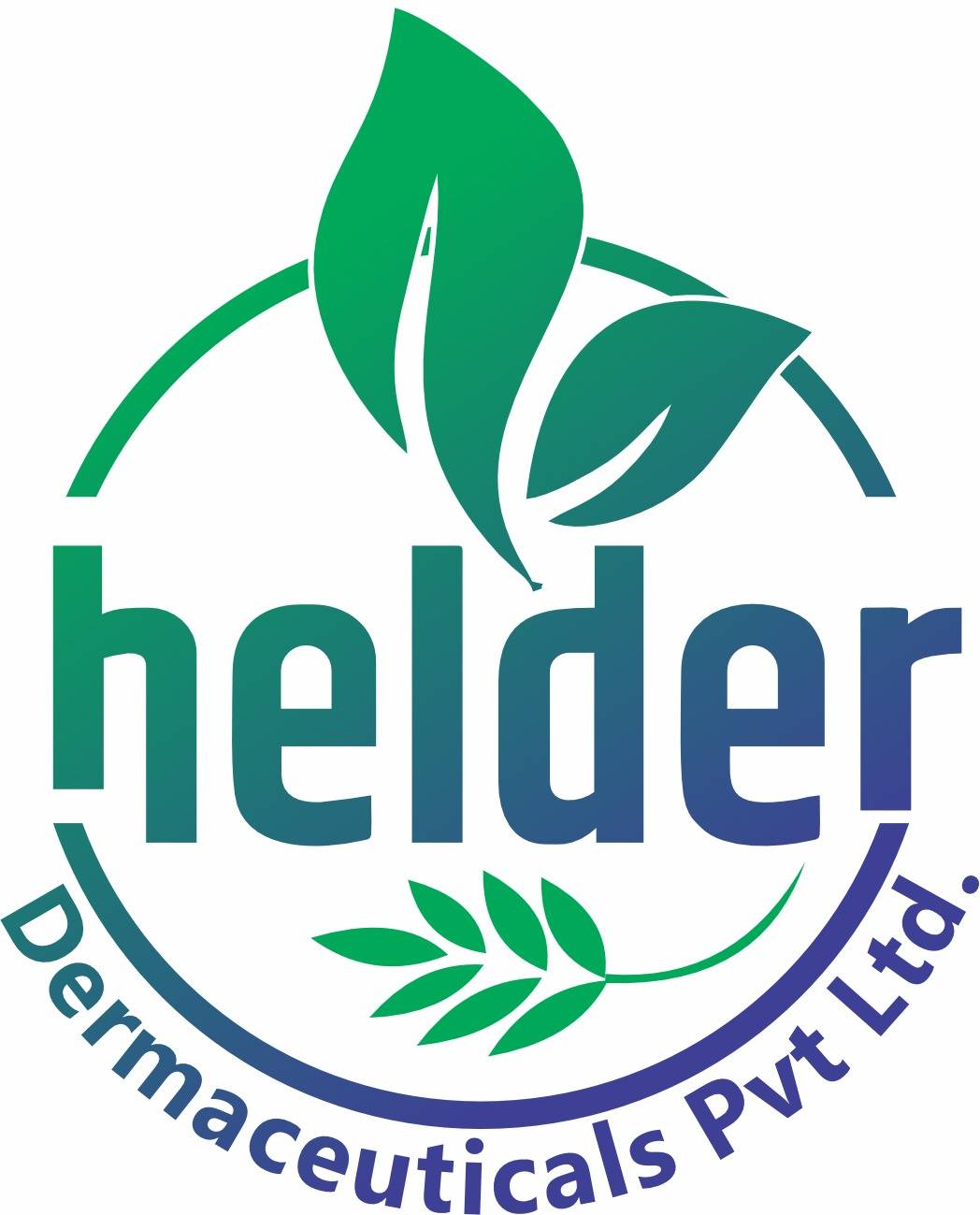Use Sun Block on Your Skin
Protecting Yourself Simply
Introduction:
- Start by highlighting why protecting our skin from the sun is important.
- Introduce use sun block on your skin as a key way to do this.
- Briefly state what the article will cover – the benefits of use sun block on your skin.
The Immediate Shield
When you use sun block on your skin, it creates a protective layer. This layer acts like a barrier between your skin and the sun’s harmful rays. Think of it like putting on a raincoat before going out in the rain. The raincoat stops the water; when you use sun block on your skin, it helps stop the sun’s rays from directly hitting your skin. Example: Imagine you are at the beach. If you don’t use sun block on your skin, the sun feels very strong and can quickly make your skin red. But if you use sun block on your skin, you will feel the sun’s warmth, but your skin is much less likely to burn.

Blocking the Harmful Rays
The sun emits different types of ultraviolet (UV) rays. The main ones we worry about are UVA and UVB. When you use sun block on your skin, the ingredients in it work to either absorb or reflect these rays. Some ingredients in sun block soak up the UV rays like a sponge soaks up water. Others create a physical block, bouncing the rays away from your skin. So, when you use sun block on your skin, you are actively reducing the amount of harmful radiation that can penetrate your skin cells.
Preventing Sunburn
One of the most noticeable things that happens when you use sun block on your skin is that it helps prevent sunburn. Sunburn is the painful red inflammation of the skin caused by overexposure to UV radiation. If you forget to use sun block on your skin on a sunny day, you might end up with a painful sunburn that can take days to heal. Example: Think about a time you spent too long in the sun without protection. Your skin probably turned red and felt hot. If you had remembered to use sun block on your skin, this likely wouldn’t have happened, or it would have been much milder.

Long-Term Skin Health
The benefits of use sun block on your skin go far beyond just preventing sunburn. Regularly use sun block on your skin helps to protect against long-term damage to your skin. This damage can include things like premature aging, such as wrinkles and age spots. Think of the sun’s rays as tiny attackers. When you use sun block on your skin, you are putting up a defense against these attackers, helping your skin stay younger and healthier for longer.
Reducing Skin Cancer Risk
Perhaps the most important reason to use sun block on your skin is that it can significantly reduce your risk of skin cancer. Skin cancer is a serious disease that can be caused by too much exposure to UV radiation. By making it a habit to use sun block on your skin, you are taking a vital step in protecting yourself from this disease. Example: Just like wearing a seatbelt in a car helps protect you in case of an accident, consistently use sun block on your skin helps protect you from the long-term dangers of sun exposure.
Different Types and How to Use
There are different types of sun block available. Some are lotions, some are sprays, and some are sticks. It’s important to choose a sun block with an SPF (Sun Protection Factor) of 30 or higher. To properly use sun block on your skin, you should apply it generously to all exposed skin about 15 to 30 minutes before going outside. Remember to reapply it every two hours, especially after swimming or sweating, to ensure you continue to use sun block on your skin effectively.
Conclusion:
- eiterate the importance of making it a routine to use sun block on your skin.
- Summarize the key benefits: preventing sunburn, protecting against long-term damage, and reducing skin cancer risk.
- End with a simple call to action, encouraging readers to use sun block on your skin every day to protect their health.
Now, let’s look at how many times we’ve used “use sun block on your skin” in this outline. We’ll need to weave it in a few more times as we expand each paragraph to reach our target word count and keyword frequency. We can do this by providing more specific examples and elaborating on the points.
Ready to start expanding on these sections? We can work on one paragraph at a time if that’s easier! Sources and related content

